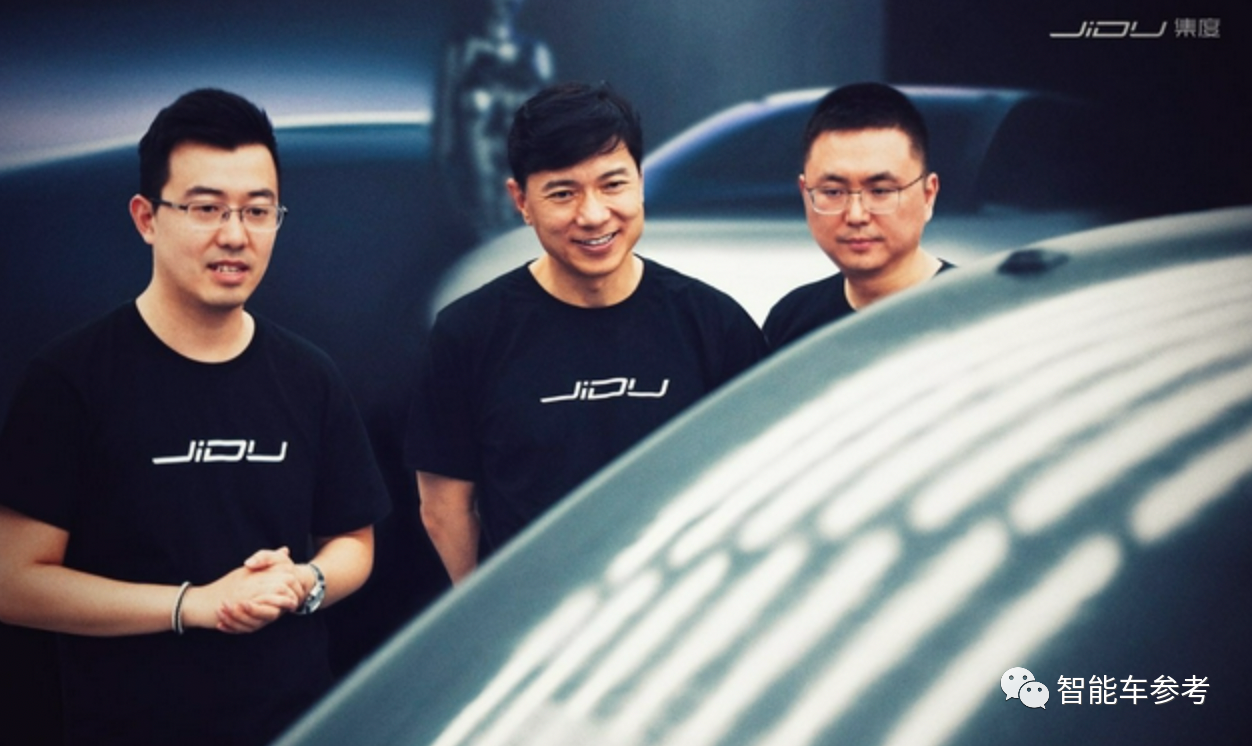Wanbo sent from the co-pilot temple
Intelligent car reference report | Public account AI4Auto
Although the mass-produced car has not yet been seen, the L4 level autonomous driving system that it carries has completed comprehensive testing.
The only one that can accomplish this preliminary procedure is Jidu Auto, which is backed by Baidu Apollo.
JiDU SIMUCar, Jidu Auto’s software-integrated simulation car, has safely passed all open road scenes on a 25-km-long test road.
In other words, even before the concept car is unveiled, Jidu Auto’s L4 autonomous driving solution has already been basically prepared.
This is only 10 months after the official establishment of Jidu Auto.
The speed is so fast that no one in the industry can match it.
What’s more, this L4 level autonomous driving system that has already been successfully verified:
Can be mass-produced and delivered with all capabilities, no need for later OTA.
How did the tests perform?
At the end of 2021, Jidu Auto and the Baidu Apollo team conducted the last regular autonomous driving test of 2021 to verify the “brain” status of Jidu Auto’s robots.
The 25km-long test route includes 13km of city roads and 12km of highways.
The road conditions include almost all autonomous driving scenes such as traffic light recognition, straight driving, turning, obstacle avoidance, and ramp up and down.
How did the autonomous driving tests perform?
The most basic city road straight driving, turning, traffic light recognition, and automatic start-stop have a very responsive reaction.
In the high-speed scenario, it automatically enters and exits the ramp without any pressure, avoids bicyclists, and slows down in advance.
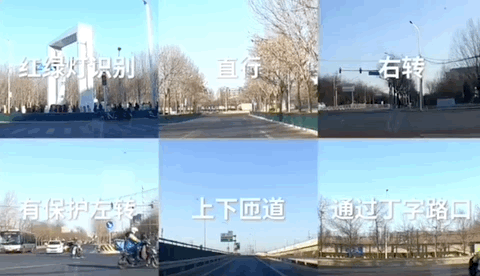
In the 40-minute test, the JiDU SIMUCar passed through 39 city road intersections, 55 pedestrian crosswalks, and 30 traffic lights.
Four left turns, five right turns, and four ramp ups and downs.
All autonomous driving scenarios were safely driven through.
The system has the preliminary ability of free mobility in corresponding scenes.
In other words, even without building a concept car, Jidu has successfully integrated and tested the intelligent driving functions of the urban and highway domains through the JiDU SIMUCar simulation car.
What’s more, this L4 level autonomous driving system is mass-producible.When delivering the vehicle, the complete functionality is already available, without the need for OTA updates afterward.
Being mass-producible implies that the technology is quite mature.
But here comes the challenge: to produce a mature and mass-producible autonomous driving solution within 10 months.
The speed at which Jidu Automobile is moving is unmatched in the industry.
So, how does Jidu do it?
Why is Jidu so fast?
Jidu Automobile was founded in March of last year and enjoys the support of two giants, Baidu and Geely.
Geely, as an old car manufacturer, is responsible for Jidu’s electrical and electronic architecture while Baidu, with nearly 10 years of experience in researching and developing autonomous driving technology, is naturally in charge of the intelligent, especially the autonomous driving aspect.
So why is Jidu so fast?
It is also thanks to Baidu’s technical expertise.
There are basically two reasons for this:
- The application of Baidu’s advanced Apollo autonomous driving technology to passenger cars.
As a vehicle powered by the Apollo platform, Jidu carries the latest autonomous driving technology from Baidu, which has already been implemented in various scenarios.
Since the launch of RoboTaxi, it has accumulated 21 million kilometers of automatic driving safety tests and a large amount of road test data.
Coupled with Baidu’s full-stack AI technology, the application of Apollo’s advanced autonomous driving technology to passenger cars largely eliminates the time cost of data accumulation and algorithm adjustment for early-stage development.
- SIMUCar, a software integrated simulation sample car.
On the 207th day of its founding, Jidu introduced SIMUCar (Software Integration Mule Car) to demonstrate Jidu’s unique automotive robot development process.
Jidu has broken down (decoupled) the development process of the automotive robot’s brain, neural development and body construction. By simulating the real vehicle operation environment through SIMUCar, Jidu has achieved independent software and hardware, parallel multi-threaded and efficient development.
This innovation has overturned the traditional development model of the cascading single-threaded development of the past, where the research and development of the 3-electric system and chassis system came first and intelligent software development came last.Development of the program adopts an agile development model similar to internet software, and iterates rapidly in a “week”-based cycle through requirements, design, development, testing, and release, significantly shortening the R&D cycle of intelligent cars.
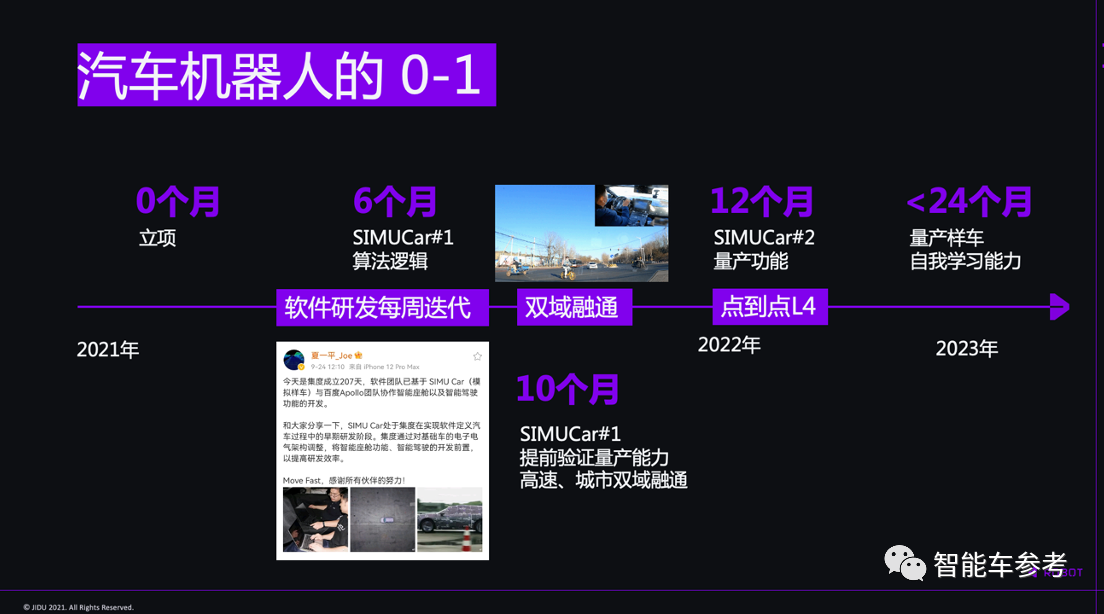
In September 2021, Jidu began the development of SIMUCar, and began developing the algorithm logic for intelligent driving robots for cars through SIMUCar.
In November, Jidu’s SIMUCar entered the dynamic testing phase, achieving functions such as traffic light recognition, right turn at intersections, and night-time driving through weekly updates.
In December, SIMUCar subsequently updated the intelligent driving capabilities, including left turn at intersections, autonomous obstacle avoidance, autonomous lane change, autonomous parking, automatic on-off at toll booths, and other high-frequency functions that could be used in both urban and expressway domains.
Jidu stated that this iteration speed will also continue to be maintained after mass production.
It is expected that in February-March 2022, Jidu’s intelligent driving technology will leverage SIMUCar to develop mass-produced functions and enter the next phase of car robot development.
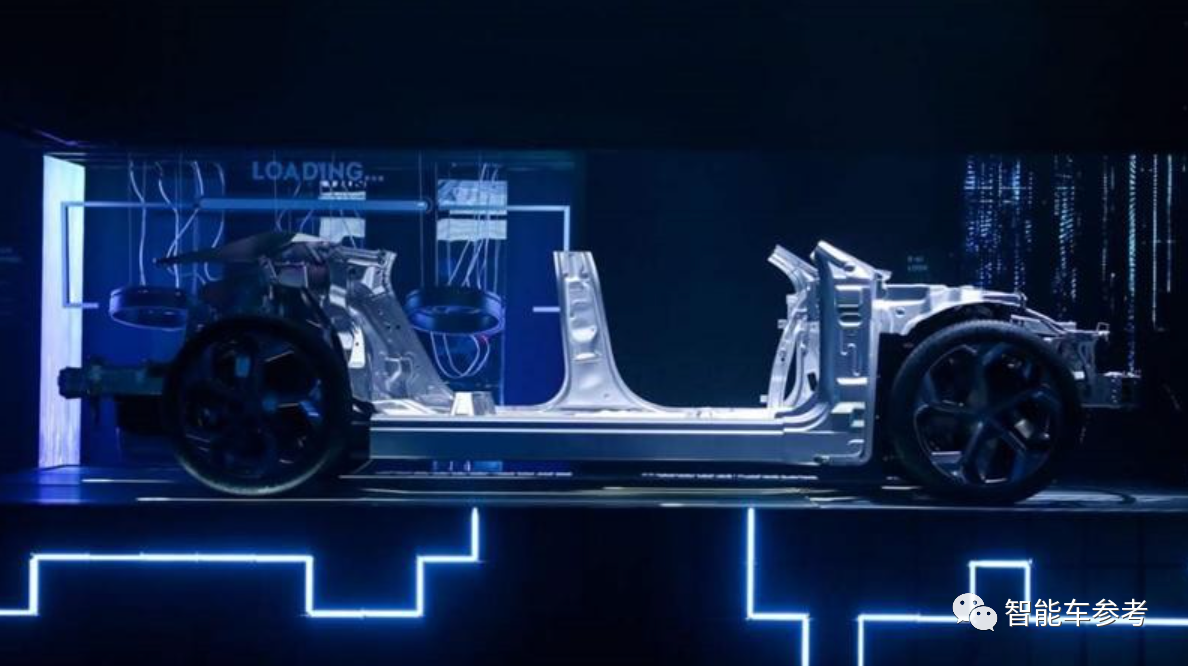
At that time, Jidu’s self-developed electronic and electrical architecture JET and SOA, autonomous driving system, core computing platform, and related sensors will further iterate towards mass production status.
At this stage, Jidu’s car robots will have L4 level automatic driving ability, which can achieve point-to-point autonomous driving in both urban and expressway domains and meet the needs of mass production.
Jidu will showcase the concept car of its first car robot at the 2022 Beijing Auto Show, and the first mass-produced car robot will be delivered in 2023.
one more thing
Although Jidu’s mass-produced autonomous driving is the fastest, it is not the earliest.
As early as September last year, Tesla’s FSD Beta version had already opened fully automatic driving functions, including city roads.
Domestic automakers are also not idle.
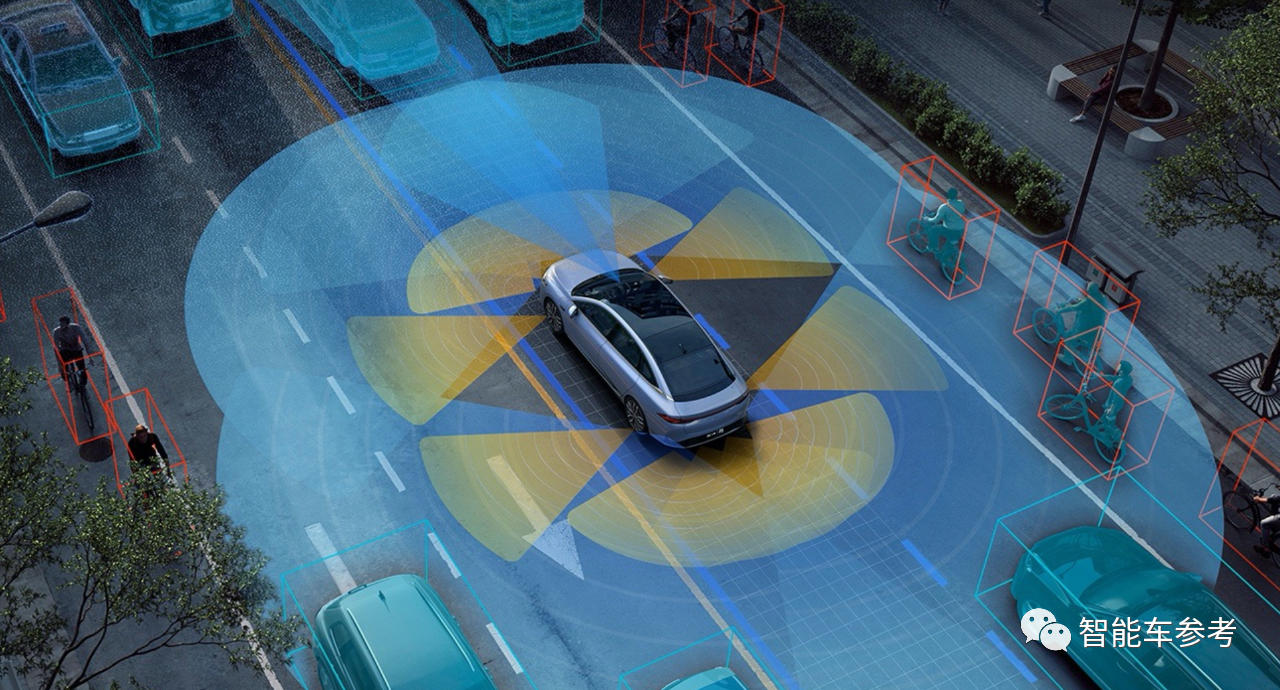
In October last year, Xpeng showcased its intelligent driving technology for all scenarios prior to the 2021 Technology Day, which looked like it could compete with Jidu.
Moreover, Xpeng also stated that its intelligent driving technology for all scenarios will be available via OTA during the first half of this year.
In addition, Great Wall’s HaoWeiZhiXing has also recently showcased its NOH technology for urban areas and announced that mass-produced autonomous driving technology for all scenarios will be available during the second half of this year.
Looking ahead, 2022 could be regarded as the first year of mass production of autonomous driving.
The problem is that Jidu's mass production vehicles won't officially hit the market until 2023.
By then, can its L4 level full-scene autonomous driving compete with the many strong players in the automotive industry?
<video controls class="w-full" preload="metadata" poster="https://upload.42how.com/article/image_20220106224741.png"><source src="https://upload.42how.com/v/%E8%A7%86%E9%A2%91%E7%B4%A0%E6%9D%90/stodownload.mp4">
</video>
This article is a translation by ChatGPT of a Chinese report from 42HOW. If you have any questions about it, please email bd@42how.com.
